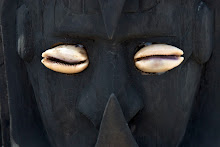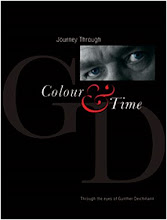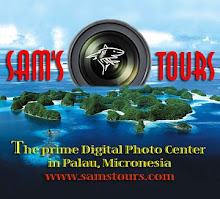The Image above is was created using the Monochrome Mixer in Aperture 2, the original Image was deteriorated for more info how to restore or convert Color Images to B&W go to my
Below are some very common terms used through out Aperture and in
Digital Photography today.
Adobe RGB (1998) A commonly used color profile often used for printing. Many professional labs request that image files be delivered in this color space.
sRGB A common working space designed to represent the average PC monitor. Because of its small gamut, it is suitable for Web graphics but not for print production.
Adjustments HUD A heads-up display, or floating panel of contextual controls, that enables adjustments to be applied to images.
hue An attribute of color perception, also known as color phase. Red and blue are hues.
EXIF Short for Exchangeable Image File. The standard format for storing information about how an image was shot, such as shutter speed, aperture, white balance, exposure compensation, metering setting, ISO setting, date, and time.
HUD Heads-up display: a floating panel with various options. Different HUDs can adjust levels, increase brightness, modify color temperature, assign keywords, straighten horizons, or make any other adjustments.
ICC profile Created as a result of device characterization, an ICC profile contains the data about a device’s exact gamut.
IPTC Short for International Press Telecommunications Council. IPTC meta data is used by photographers and media organizations to embed keywords in the image files themselves. Large publishers typically use image management systems to quickly identify images based on their IPTC information.
meta data Data describing other data, including image files. Databases use meta data to track specific forms of data. Aperture automatically extracts all industry-standard EXIF and ITPC meta data when importing images and also allows meta data such as copyright, captions, and keywords to be added.
RAW The original bit-for-bit uncompressed digital image file captured by a camera. Aperture works with RAW images through every step of the digital work flow and supports the RAW formats from all leading digital camera manufacturers.
GD













